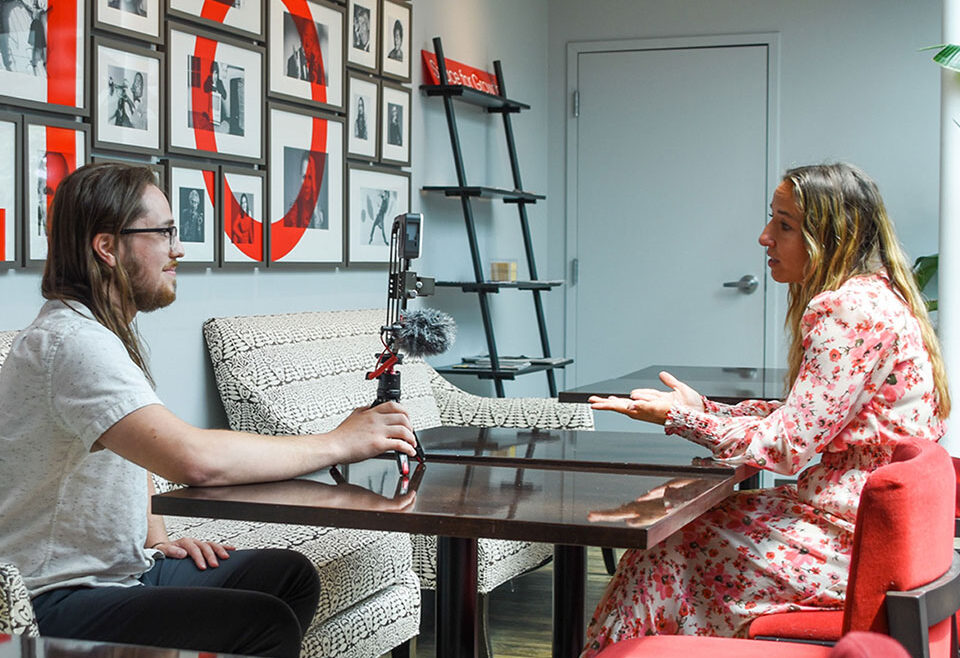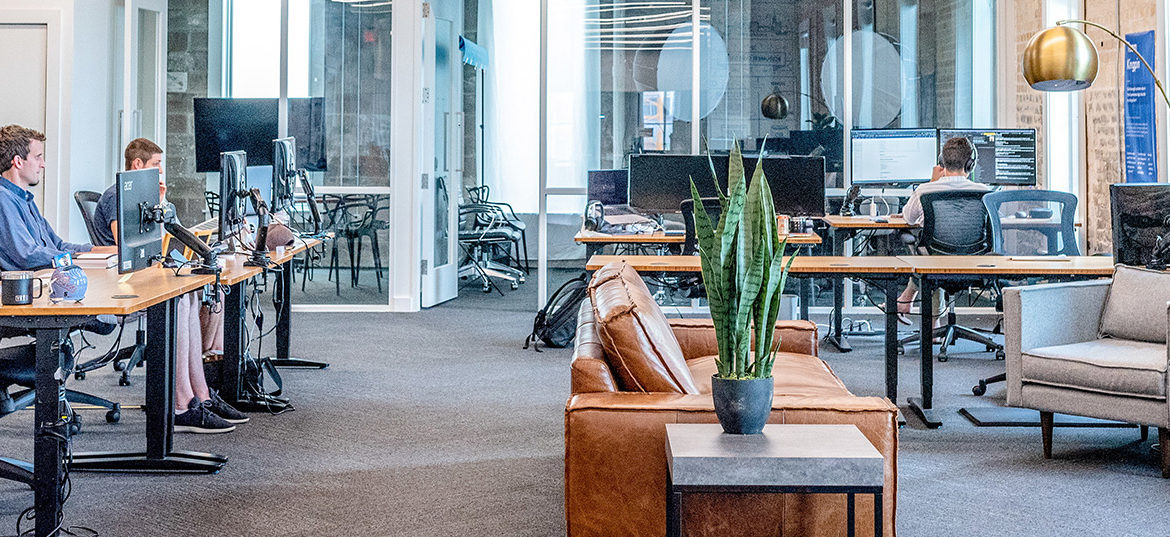- Soula Spanorigas
Why You Look Shady: Website Trust Indicators
Imagine walking into a store only to find the staff avoiding eye contact, the return policy hidden in microscopic print, and the product descriptions riddled with misleading claims. You would probably leave.
Unlike the brick-and-mortar experience, where a warm smile and a friendly handshake can go a long way, the internet lacks the same human connection. This makes it easy for even the most legitimate businesses to struggle against the inherent skepticism of online shoppers, leaving potential customers wondering: Can I trust this business?
With digital business interactions, trust indicators are critical to ensure potential customers of your credibility and reliability. Among the many trust indicators, certain elements stand out for their impact in fostering trust. From social media profiles to Google My Business pages, each component serves as a pillar in constructing a trustworthy online presence. Let’s dive into why these trust indicators are indispensable for businesses and why we re-examined our own.
Social Media Profiles
Social media profiles that are lively and up-to-date create a sense of familiarity, making you feel at ease and confident in what to expect. Your business’s social media profiles aren’t just about racking up followers or likes — they’re about nurturing relationships and showcasing credibility in a digital world where trust is everything. That’s why we post on social media regularly and respond to those who comment.
Correct Contact Information
It might sound obvious, but you’d be amazed at how many businesses miss the mark on this one. Making sure your contact information is accurate is crucial for earning trust online. Whether it’s your phone number, email, or where you’re located, having correct details that are easy to find shows you’re all about transparency and being there for your customers. People feel more confident in a business that’s easy to reach when they need help. Plus, having verified contact info squashes any doubts and proves your business is the real deal. Even if you do not have a dedicated office and you work from home, you should still list a virtual address and contact information so that customers know the best way to contact you.
Privacy and Security Policies
Having clear and honest privacy and security policies is key for businesses to earn our trust. When a company lays out exactly how they handle our info — like what they collect, how they use it, and how they keep it safe — it shows they’re serious about protecting us. Businesses that make privacy and security a priority aren’t just following the rules — they’re building trust with their customers. By being open and accountable about their policies, they give us peace of mind that our data is in good hands.
Google My Business Pages
Think of a Google My Business page as a virtual storefront for businesses. It’s where you can find all the important stuff: where they’re located, when they’re open, and what other customers have to say about them. Having a top-notch Google My Business page not only helps a business show up higher in search results but also gives potential customers a sneak peek into what they’re all about. By making the most of this platform, businesses can make a big impression and win the trust of customers.
Ratings/Reviews Your Website
Customer reviews and ratings are super influential when it comes to deciding where to spend money. When a business takes the time to reply to feedback in a friendly and personal way, it shows they care about their customers. By staying on top of reviews on their website and Google My Business page, businesses can chat with customers, sort out any issues, and prove they’re committed to making people happy. This hands-on approach doesn’t just build trust — it turns happy customers into loyal fans.
Case Studies/Showing Work
Case studies and portfolios offer tangible evidence of a business’s capabilities, expertise, and track record of success. When a business shares real stories of how they’ve solved problems and delivered results, it’s like saying, “Hey, look what we can do!” Whether it’s detailed case studies, quotes from happy, or visuals, showing off past successes is a great way to build trust with potential customers. By flaunting skills and achievements, businesses can stand out from the crowd. On our own website, we display our client work and what all we’ve done to improve our clients’ marketing strategies overall. This paints the picture for a potential new client in a visual way.
Team Bios Showing Personality
Introducing the team members and sharing their backgrounds, expertise, and personalities humanizes the brand and fosters connections with customers. Team bios also provide insight into the individuals behind the business, showcasing their passion, dedication, and commitment to excellence. By putting faces to the brand, businesses can build rapport, credibility, and trust with their audience, creating a sense of familiarity and loyalty. Incorporating personality into the brand helps businesses stand out and forge meaningful connections. We made sure that everyone on our team is showcased on our website with information about what they do and a headshot so that people can match a friendly face to a name.
Keeping Content Up to Date
Keeping content fresh, relevant, and up-to-date is essential for maintaining trust and credibility. Outdated or inaccurate content can break trust and undermine the perceived reliability of a business. Fresh content not only enhances search engine visibility but also signals to customers that the business is active, responsive, and invested in providing value. By prioritizing content freshness and relevance, businesses can reinforce their credibility and trustworthiness. Even if you don’t think you have anything to share, you probably do!
Trust is everything when it comes to convincing potential customers that a business is reliable and legit. Among all the signals that help build this trust, some really stand out. These trust indicators are like the building blocks of trust. So, it’s super important for businesses to pay attention to them and keep improving, just like we’ve been doing ourselves.




 A mount for your phone (easily adjusted horizontally + vertically)
A mount for your phone (easily adjusted horizontally + vertically)




